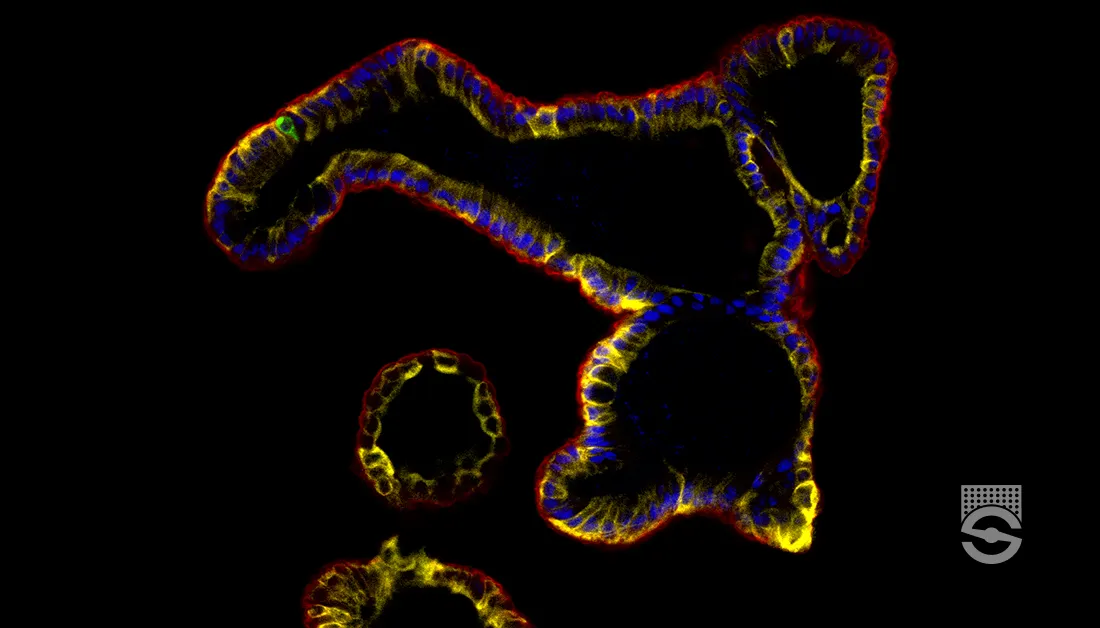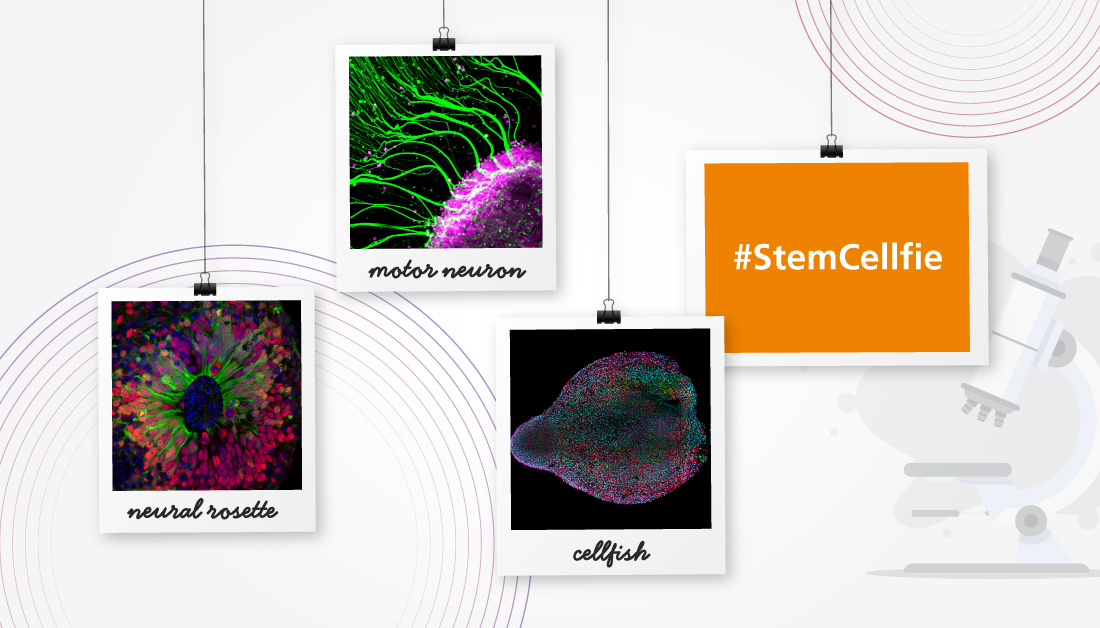Vassar & Culling's Thioflavine T
for Amyloid Fluorescence
Materials
- Alum hematoxylin
- Thioflavine T, 1% aqueous
- Acetic acid, 1% aqueous
Tissue Sample
5µ paraffin sections of neutral buffered formalin fixed tissue are suitable.
Protocol
- Bring sections to water via xylene and ethanol.
- Place into alum hematoxylin for 2 minutes.
- Rinse well with water.
- Place into thioflavine T solution for 3 minutes.
- Rinse with water.
- Place into acetic acid solution for 20 minutes.
- Wash with water.
- Mount in a fluorescence free aqueous mounting medium.
Expected Results
Using a UG1 or UG2 exciter filter and a UV barrier filter, or a BG12 exciter and an OG4 or OG5 barrier filter, amyloid fluoresces bright yellow.
Notes
- The pretreatment with alum hematoxylin suppresses nuclear fluorescence.
- Some workers have reported that materials other than amyloid may fluoresce yellow. The authors say this is caused by using a yellow barrier filter and strongly recommended the first filter combination. With this, these materials fluoresce white or pale blue.
Safety Note
Prior to handling any chemical, consult the Safety Data Sheet (SDS) for proper handling and safety precautions.
References
- Vassar, P.S. and Culling, C.F.A., (1959),
Fluorescent stains with special reference to amyloid and connective tissue,
Archives of pathology, v 68, page 487 - Bancroft, J.D. and Stevens A. (1982)
Theory and practice of histological techniques Ed. 2
Churchill Livingstone, Edinburgh & London, UK.






